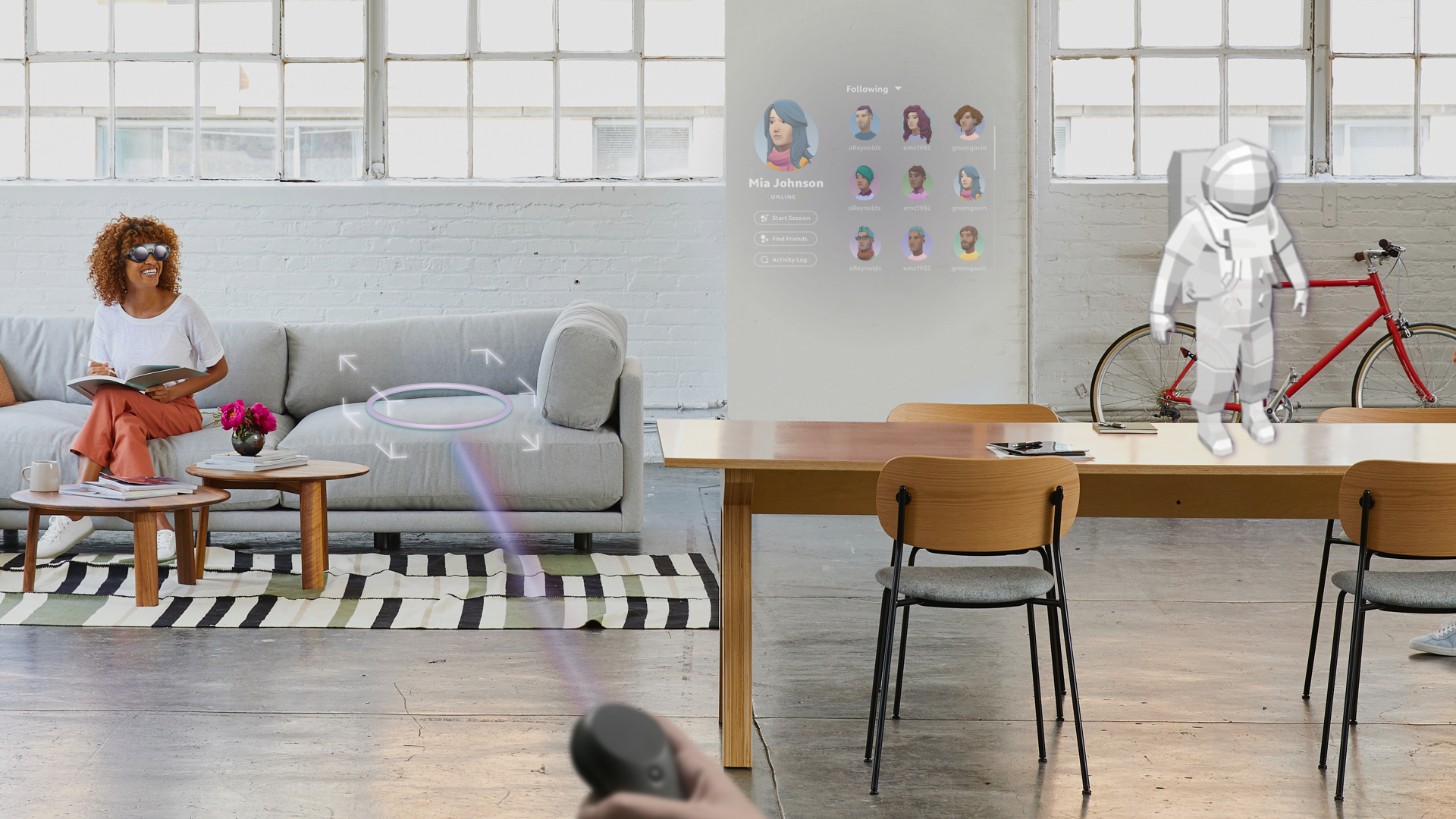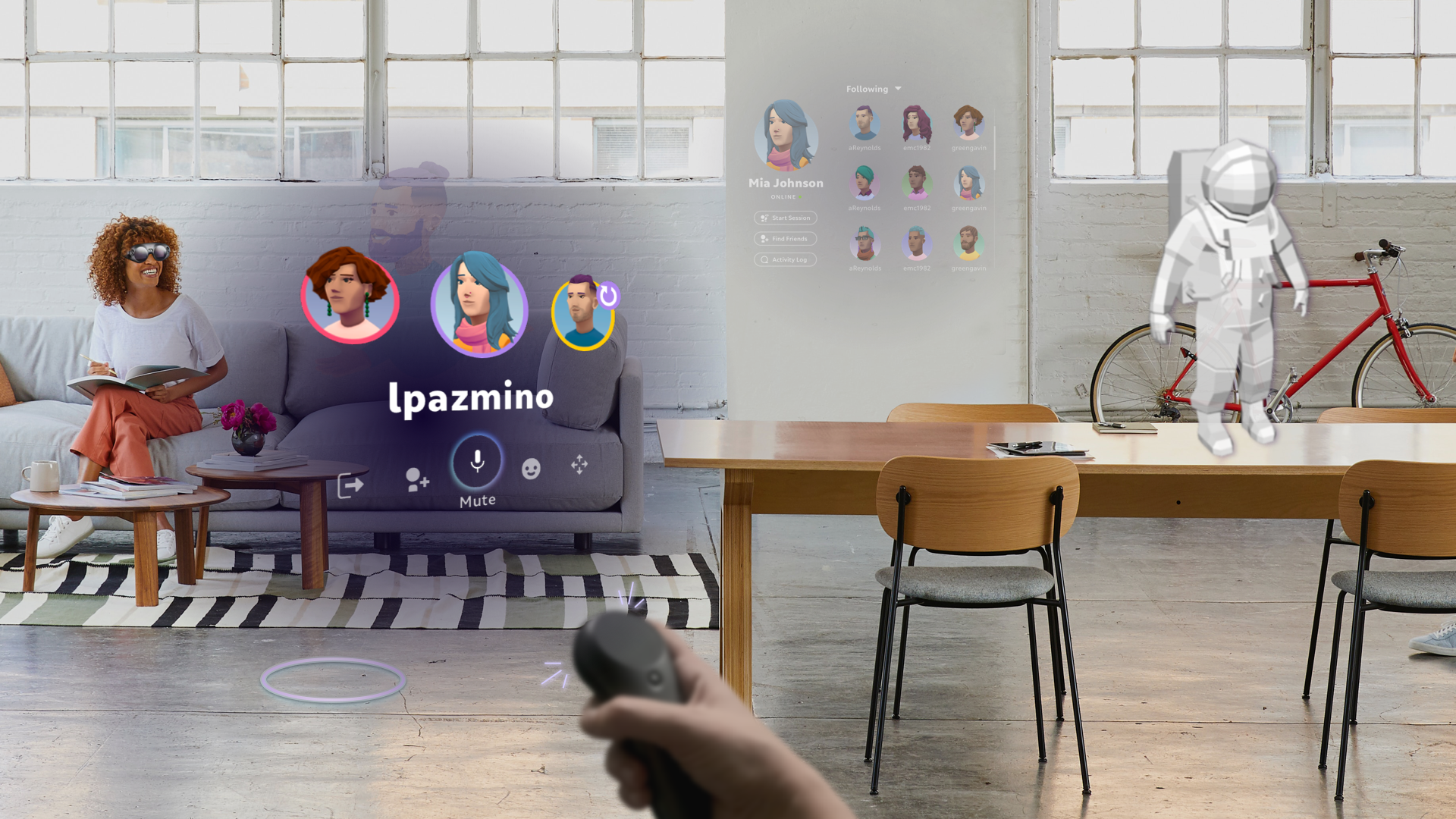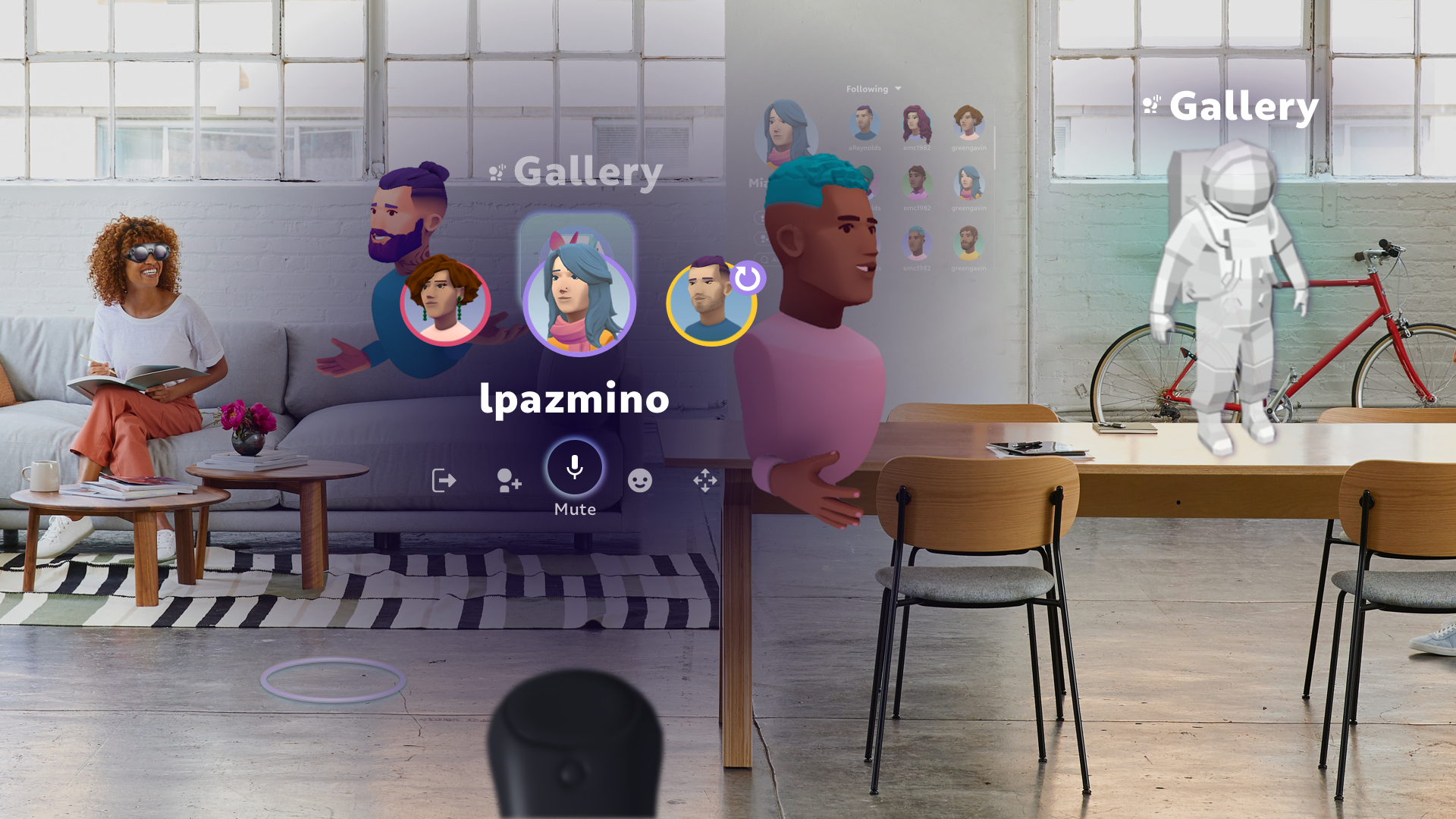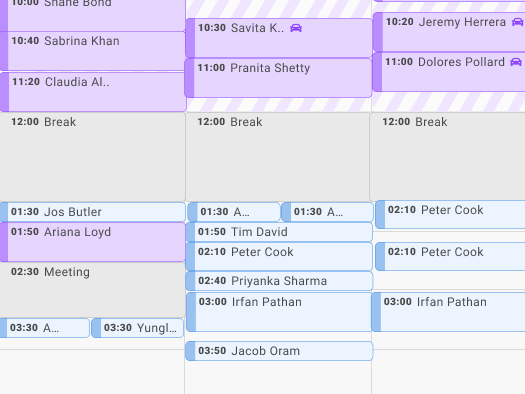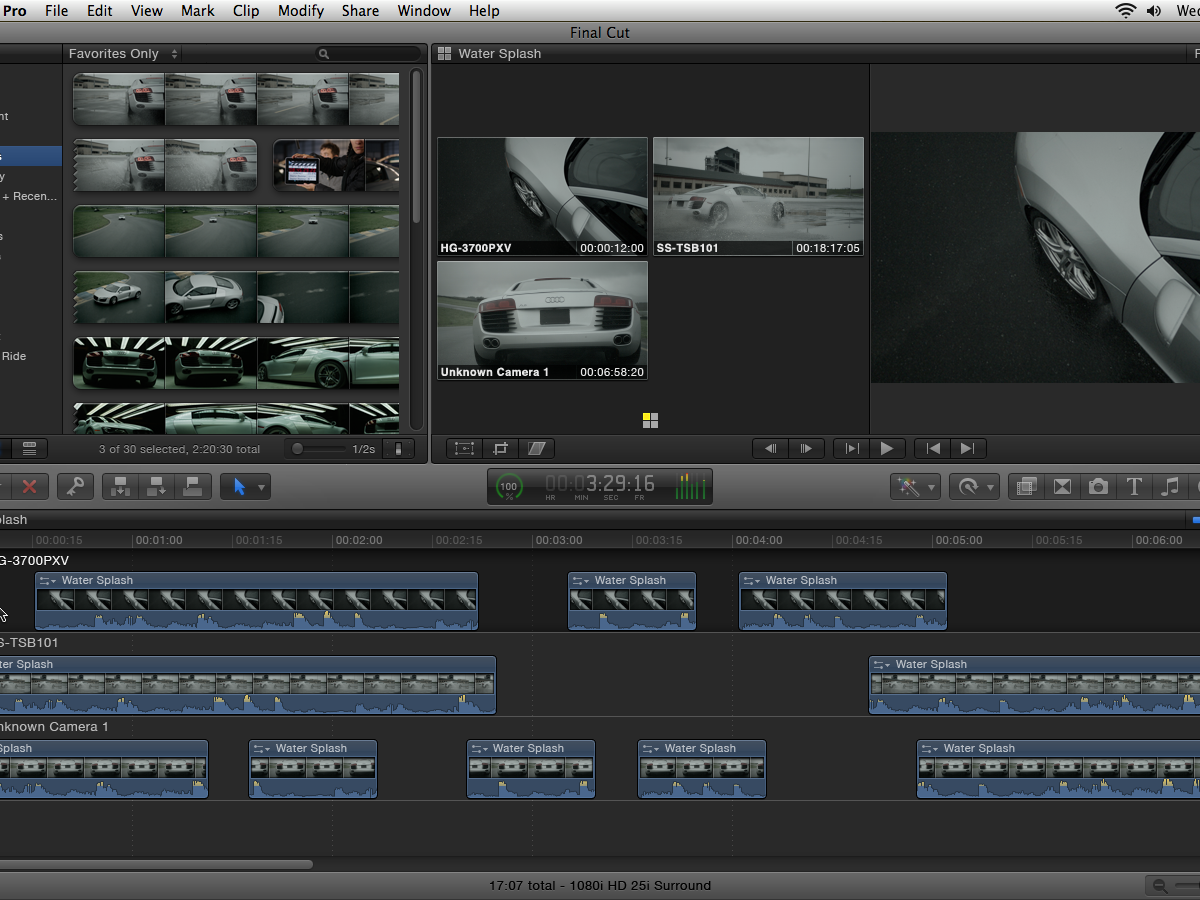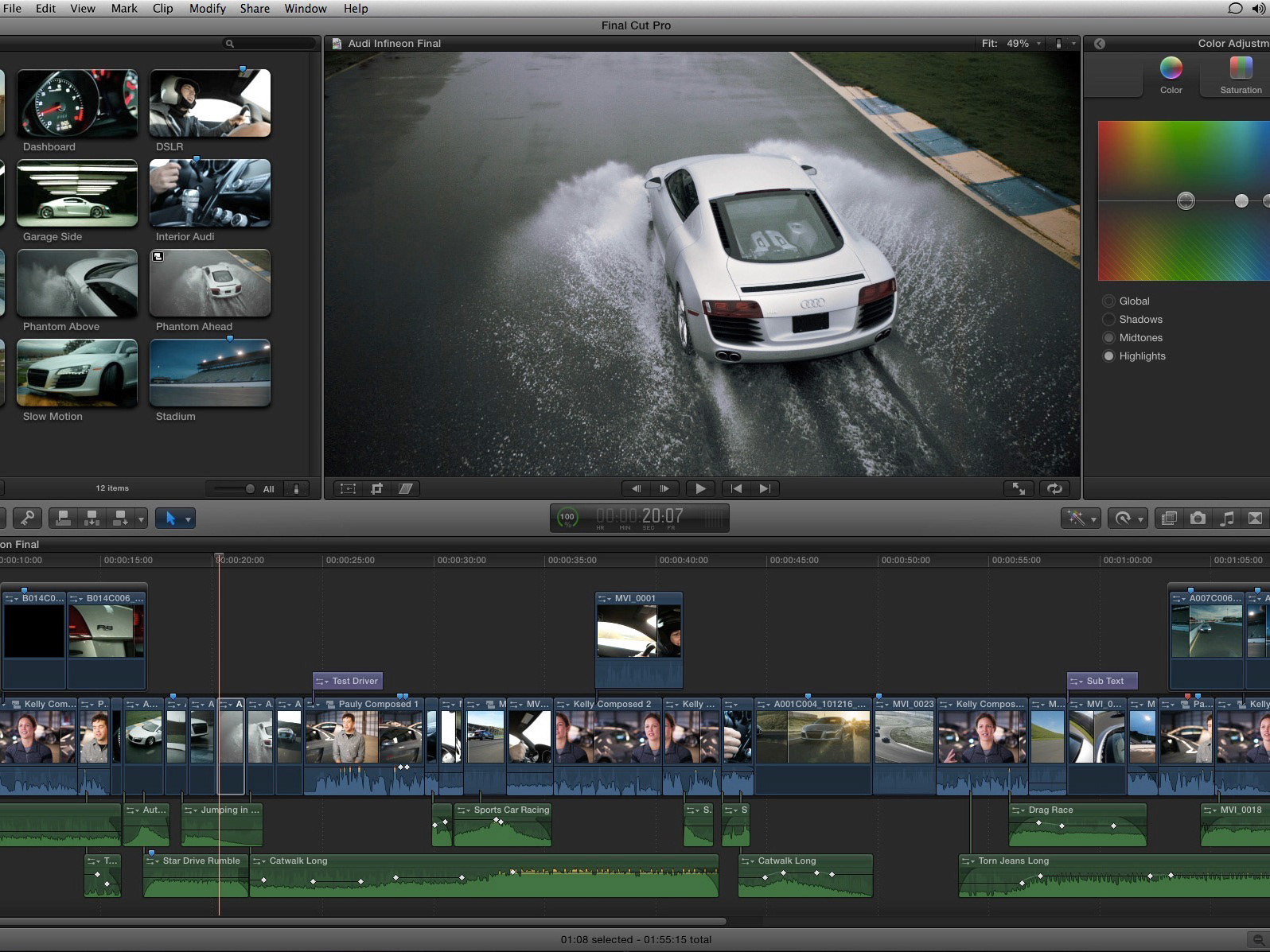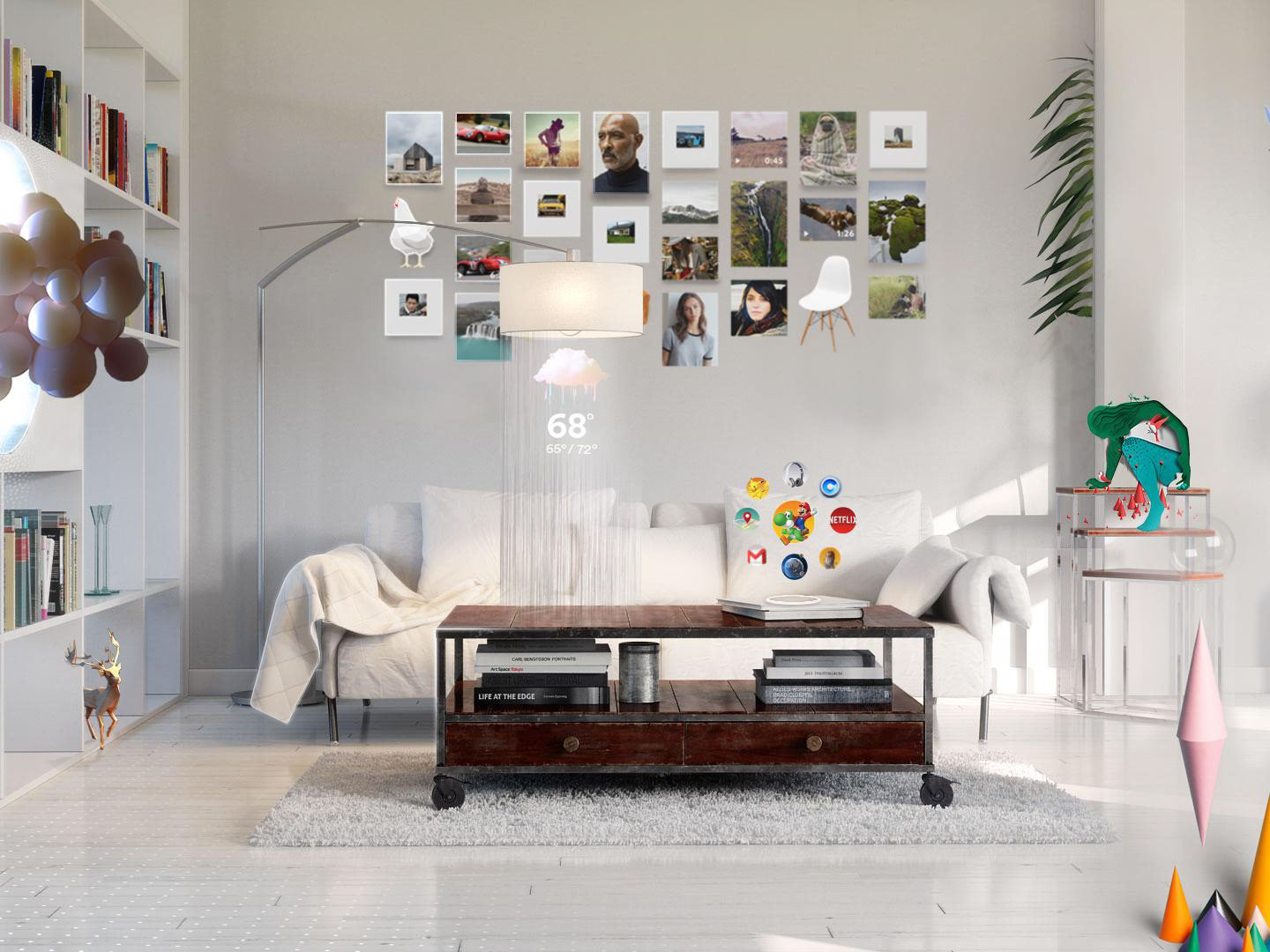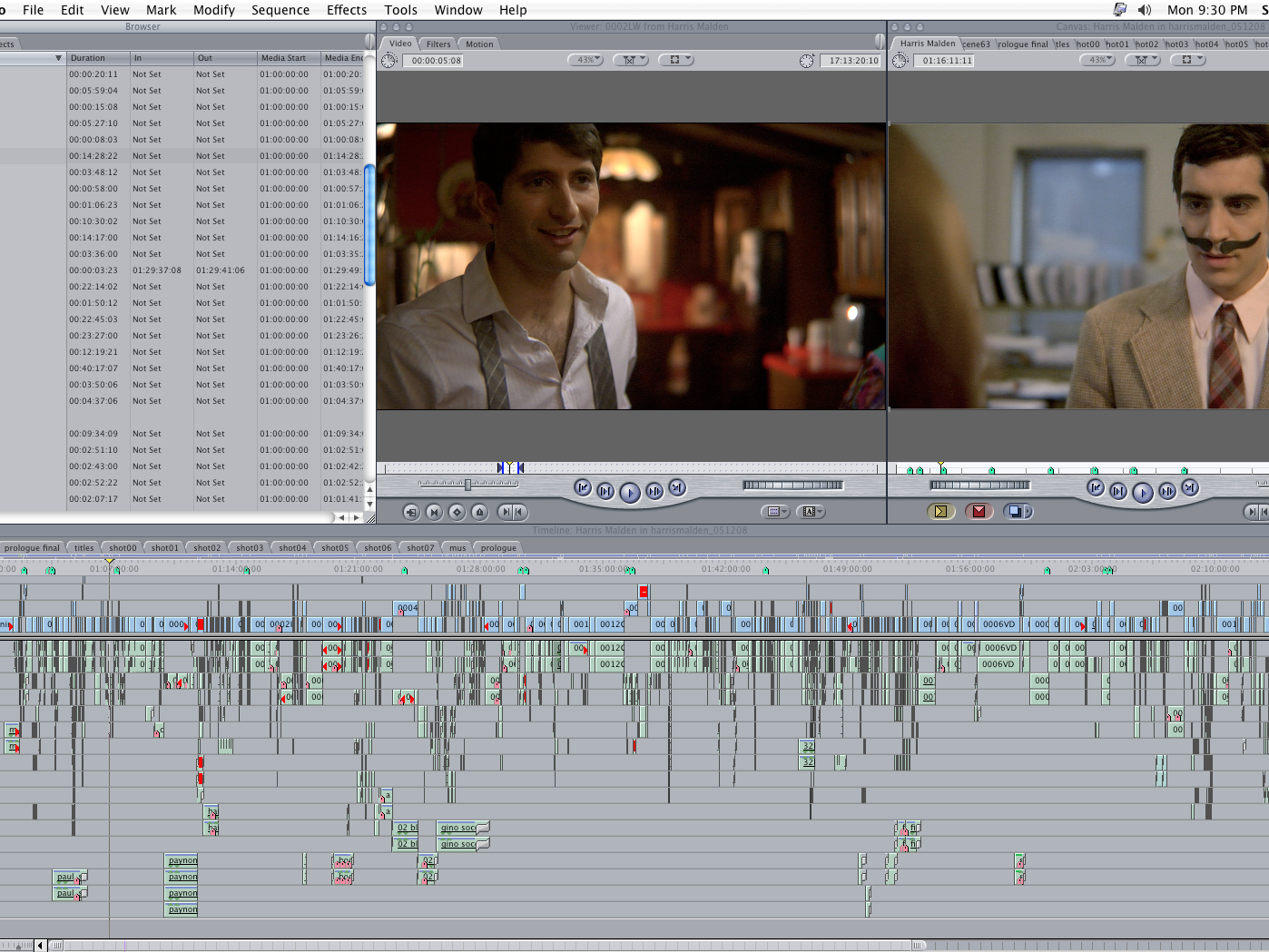After the introduction of the Magic Leap One, the team worked to design a series of updated releases for the product. While our initial release was for the consumer market, Magic Leap began to transition to focus on enterprise customers. The direction and specifics of that transition to enterprise needed to be defined. I led the user experience team as the Senior Director of User Experience.
We began the work by going through some initial scoping and evaluation so we could make adjustments that aligned with our new direction. The team began weekly check-ins and status updates for the various areas of work. We coordinated closely with product management and engineering to keep everyone aligned with the new direction.
The work focused on enterprise solutions allowing companies to configure the device for their specific use cases. This involved allowing these clients to manage multiple devices and pre-configure or set up the device. We designed new patterns on the platform for how settings and controls would react when managed by an enterprise administrator.
Additionally there were many improvements made to the OS and enhanced functionality was added or modified. The design team of 25 plus members worked to deliver improved solutions across the platform. The team also created updated designs to allow the operating system and core experiences to be translated into several other languages.
An important aspect of the set of work was to keep this effort moving forward without pulling focus and resources from the next major ML X product release which was going through the planning stages simultaneously. During this time we shipped one larger OS release as well as a smaller feature filled release.
Application Launcher
The first place a user goes to is the application launcher to start any experience. The initial screen showed the most recent applications. The user could also go into a more detailed view showing all applications on the device. This new view allowed for automatic organization of application types and would allow for further customization by enterprise users.
Interactions
The first release of the Magic Leap One used only the controller for the OS. In the next set of releases the team added speech input and the initial set of hand gesture interactions for the platform. This was the start of a multi phased plan to add more robust interactions on the platform that did not rely on the controller alone.
Collaboration
The collaboration workflow was improved during this release. We focused on a core use case of more than one user, remote or local, being able to share the same model and create annotations. The team streamlined the flow and created an easy path to collaboratively work together on 3d content.


